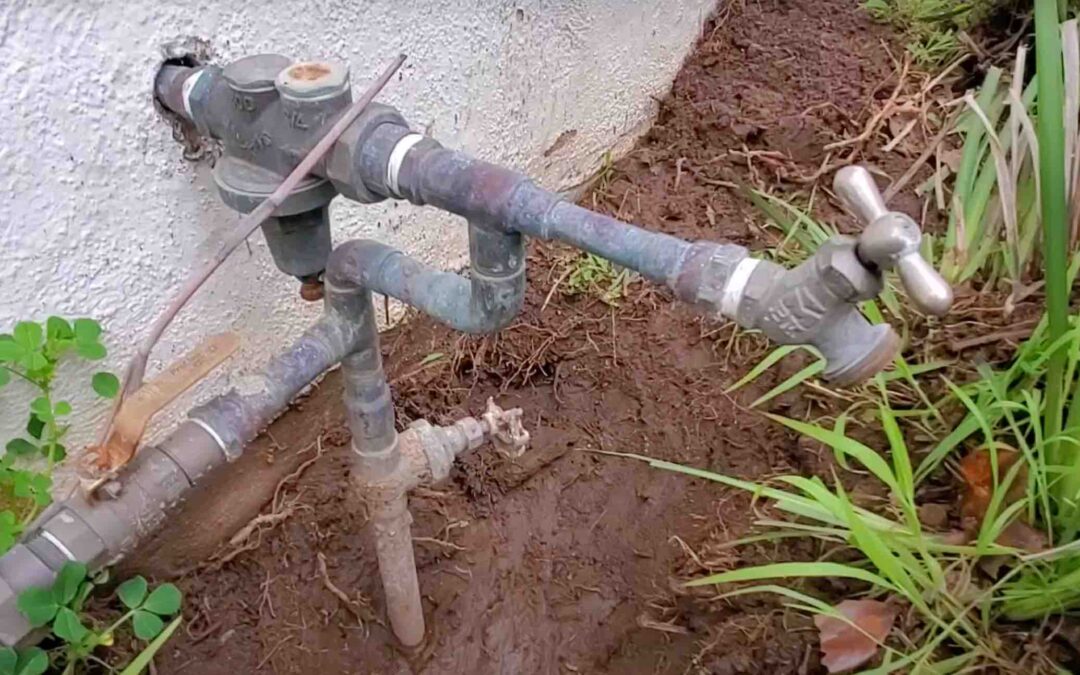Soldering is a valuable skill for any DIY enthusiast or professional plumber when it comes to joining plumbing pipes. While it may seem straightforward, even the smallest mistakes can result in significant consequences down the line. In this blog, we will discuss additional tips and techniques to help you avoid costly errors and achieve perfect soldered joints for your plumbing projects.
- Choosing the Right Soldering Method: There are various soldering methods, such as sweat soldering and paste soldering, each suited for different types of pipes and fittings. Familiarize yourself with the appropriate method for your specific project to ensure the best results.
- Properly Measure and Cut Pipes: Accurate measurements and clean cuts are crucial for achieving a precise fit between pipes and fittings. Use a pipe cutter or hacksaw to ensure smooth and square cuts, preventing leaks caused by poor alignment.
- Applying the Right Amount of Heat: Consistent heat application is essential during soldering. Use a propane torch or soldering iron with the appropriate heat settings for the pipe material and solder type. Avoid overheating, as it can weaken the pipe or fitting.
- Flux Selection: Selecting the right type of flux is essential for effective soldering. Water-soluble flux is suitable for most plumbing applications, but acid-based fluxes may be required for certain materials. Always check the manufacturer’s recommendations and choose the appropriate flux accordingly.
- Consider Pre-Soldered Fittings: To save time and reduce the chances of errors, consider using pre-soldered fittings when available. These fittings come with solder already applied, ensuring consistent and reliable joints.
- Practice Soldering Techniques: Before tackling a critical plumbing project, practice soldering on scrap pieces of pipe and fittings. This allows you to refine your technique and gain confidence before working on the actual project.
- Conduct a Thorough Inspection: After soldering, inspect the joints carefully for any signs of leaks or weak bonds. Conduct a pressure test by turning on the water supply to identify and address any issues before they become larger problems.
Conclusion
Mastering soldering techniques is essential for anyone working with plumbing pipes. By avoiding common mistakes, choosing the right soldering method and flux, and conducting thorough inspections, you can ensure precise and secure soldered joints. Remember, patience and practice are key to achieving professional-level results and preventing costly repairs in the future.

